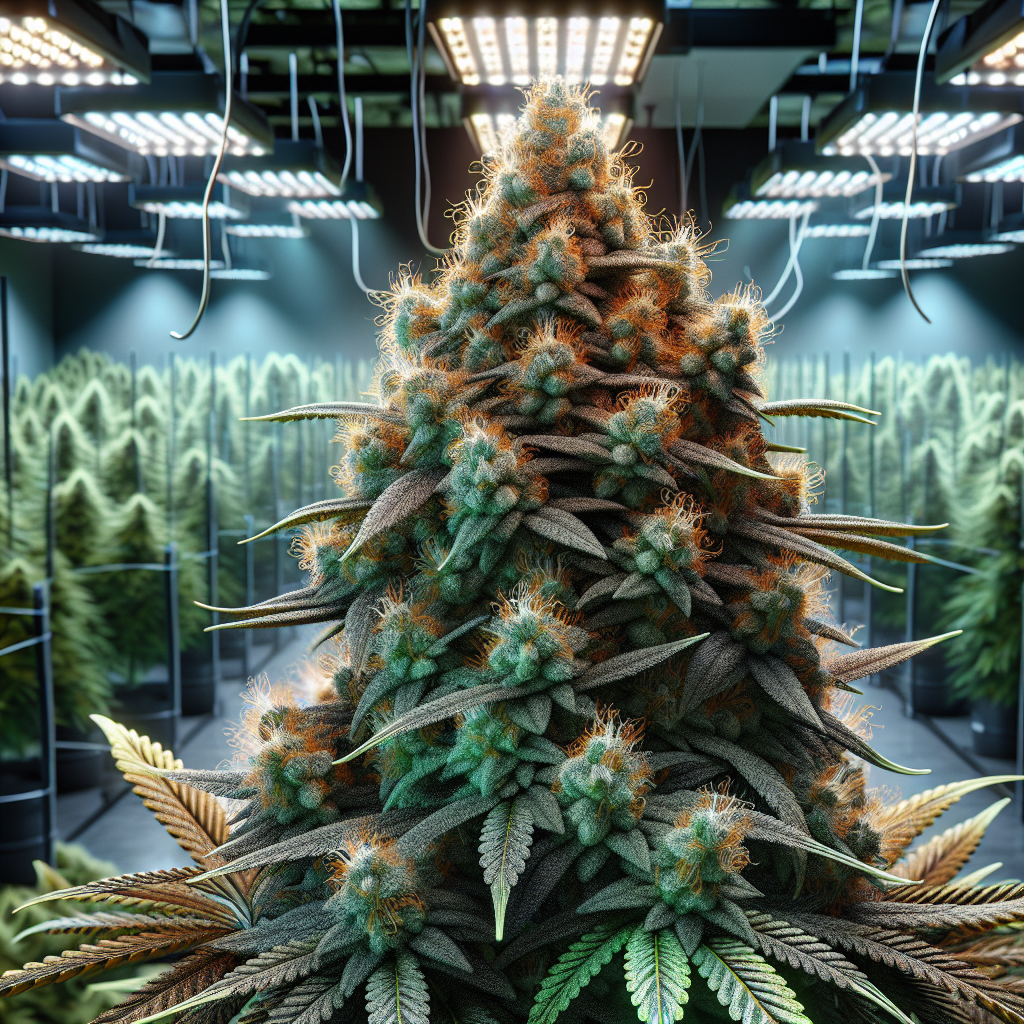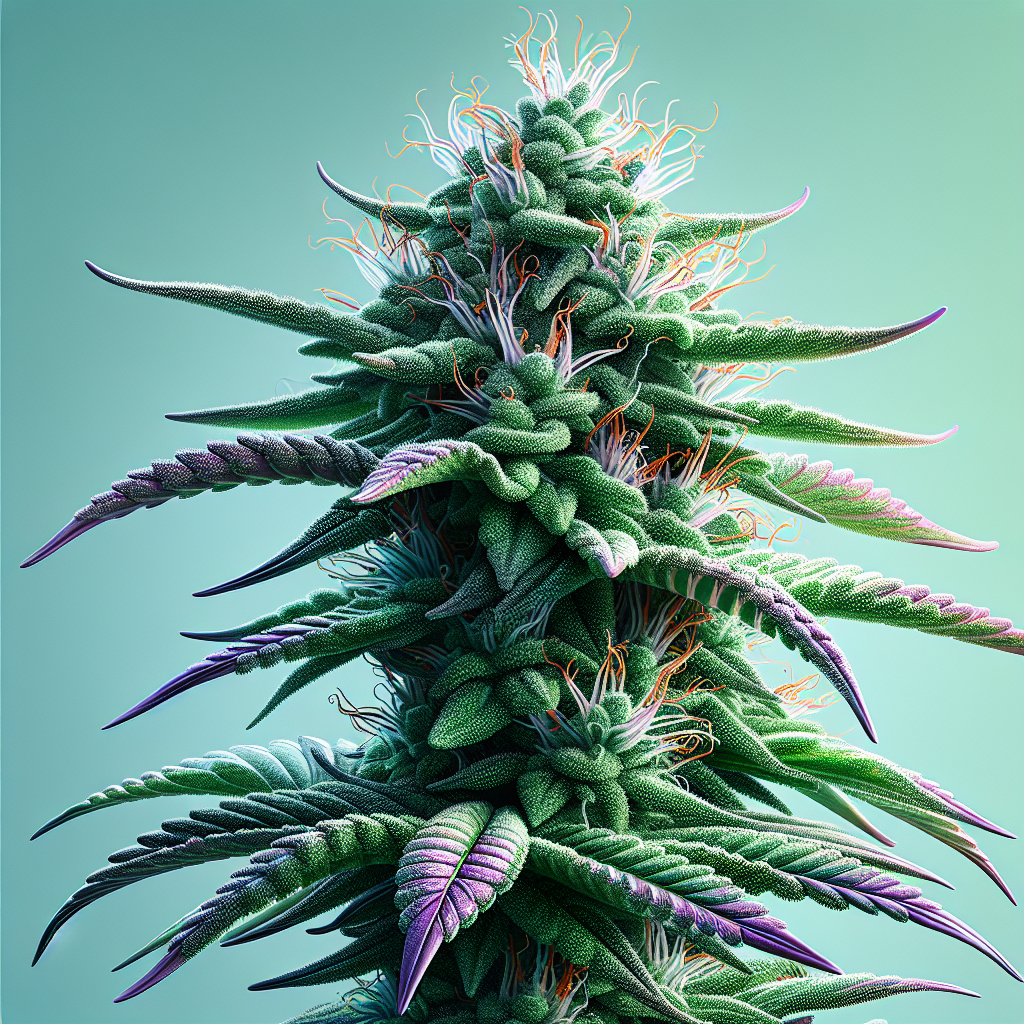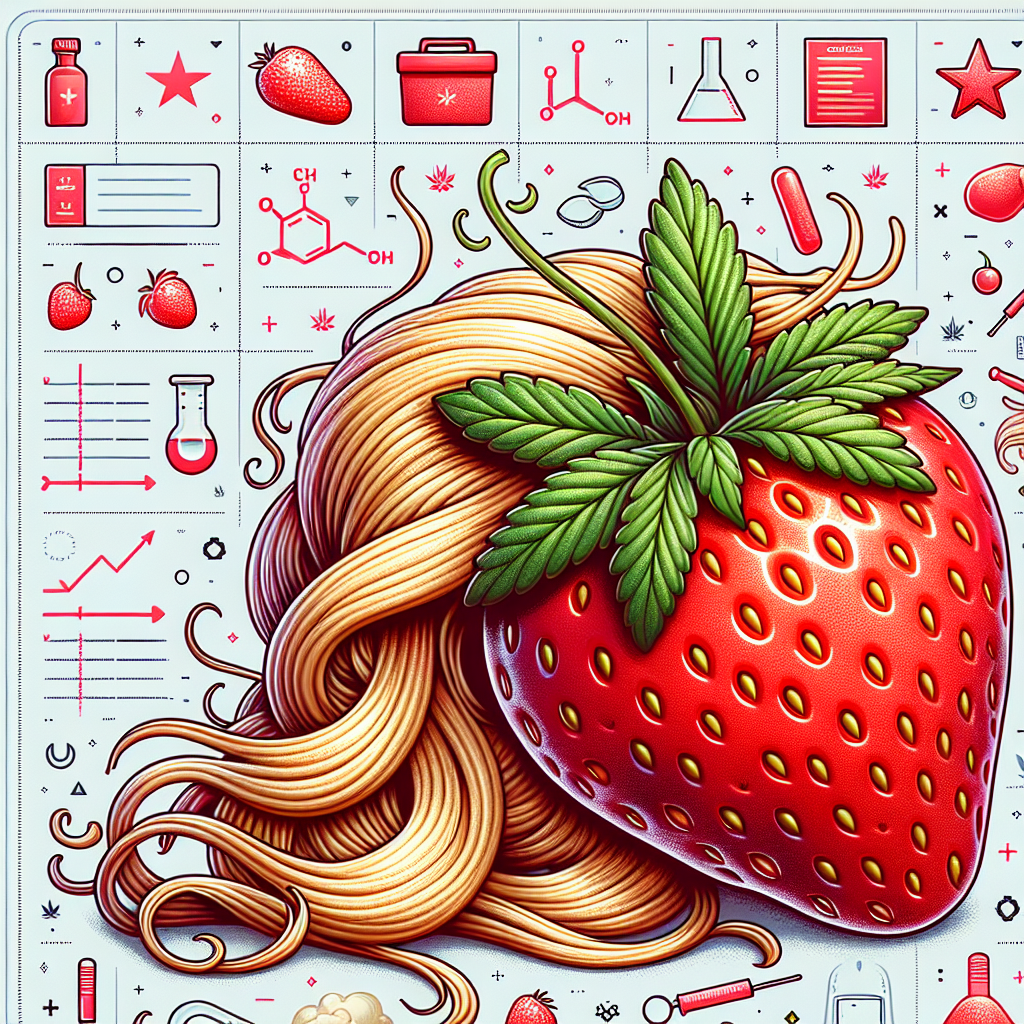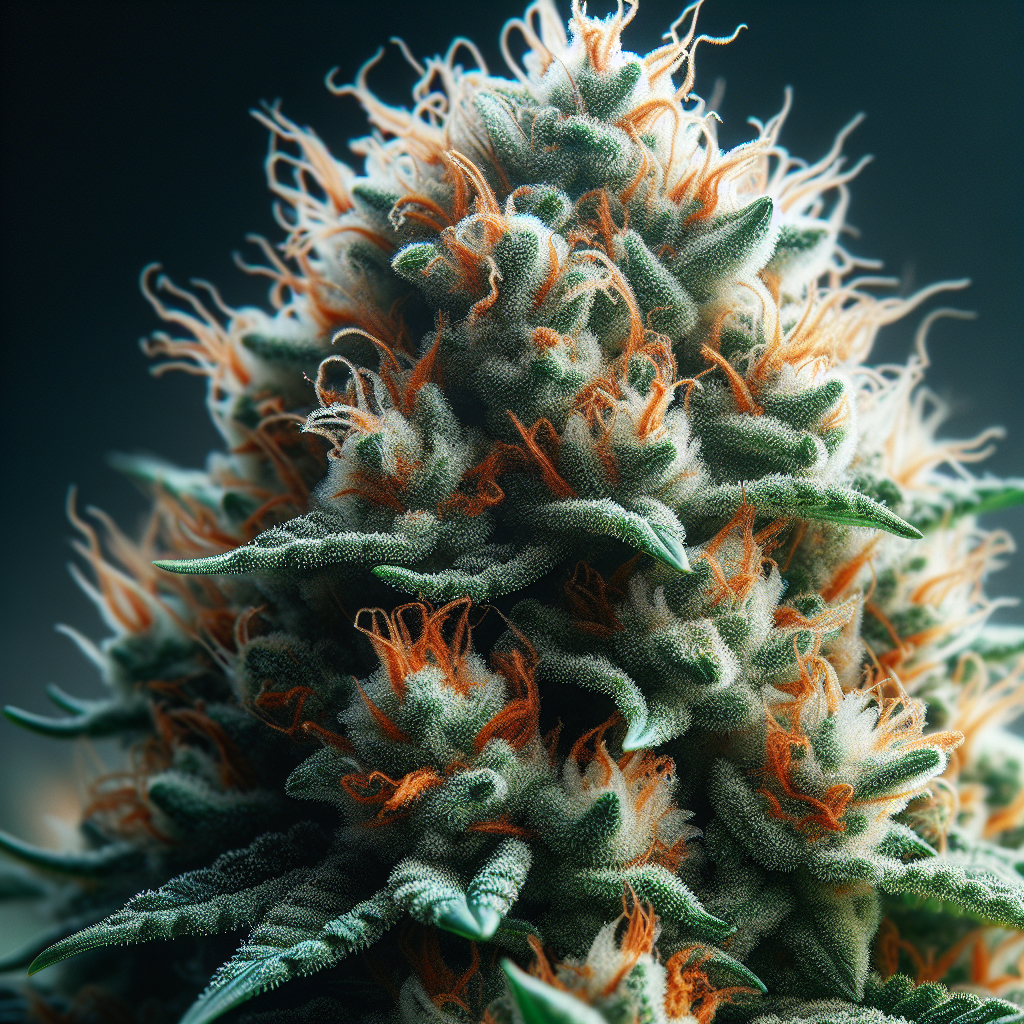Unraveling the Bud: A Comprehensive Visual Guide to Cannabis Anatomy
Cannabis has captivated the attention of humanity for centuries, serving diverse roles—from a source of medicinal relief to a recreational indulgence. As legalization spreads across the globe and the cultural perception of cannabis continues to evolve, it becomes increasingly important to understand its intricacies. At the heart of this plant is the cannabis bud, a complex structure responsible for its effects, aroma, flavor, and medicinal properties. In this pillar post, we will delve deep into the anatomy of cannabis buds, their components, and their significance. Let’s unravel the bud together.
Table of Contents
- Introduction
- Cannabis Plant Basics
- Cannabis Species and Strains
- Anatomy of a Cannabis Bud
- Calyxes
- Pistils
- Trichomes
- Sugar Leaves
- The Role of Cannabinoids
- Key Cannabinoids
- The Entourage Effect
- The Terpene Profile
- The Importance of Growing Conditions
- Soil Quality
- Nutrient Management
- Light Quality and Spectrum
- Harvesting and Curing
- Visual Guide to Cannabis Bud Anatomy
- FAQ Roundup
- Conclusion
1. Introduction
Navigating the world of cannabis can feel overwhelming, especially for novices. With myriad strains, consumption methods, and effects, understanding the fundamental components of the cannabis bud empowers users to make informed choices. This guide aims to break down the essential parts of a cannabis bud visually and explain their roles, effects, and importance.
2. Cannabis Plant Basics
Cannabis belongs to the Cannabaceae family and is primarily classified into three species:
- Cannabis sativa
- Cannabis indica
- Cannabis ruderalis
While Cannabis sativa and Cannabis indica are better known for their psychoactive effects, Cannabis ruderalis is less prominent due to its low THC levels. Each species has unique characteristics influencing the overall experience. Within these categories, various strains have been bred, emphasizing specific traits such as yield, flavor, or potency.
2.1. Cannabis Species and Strains
Each strain exhibits unique qualities in terms of cannabinoid content, terpene profile, and growth conditions. These differences can significantly alter the effects experienced by consumers. Understanding the nuances can enhance the ability to choose a suitable strain based on desired outcomes.
3. Anatomy of a Cannabis Bud
A cannabis bud comprises several key components that contribute to its properties. Understanding the anatomy is essential for both growers and consumers.
3.1. Calyxes
Calyxes are the small flower units of the cannabis plant. They form the basic structure of the bud and are responsible for holding the reproductive organs. The size and density of these calyxes determine the bud’s overall appearance and potency.
3.2. Pistils
Pistils are hair-like structures that emerge from the calyxes. They play a crucial role in the reproductive process, helping with pollination. Their color can vary—white when immature, shifting to orange or brown as they mature. The number and color of pistils can also indicate the plant’s maturity and potential potency.
3.3. Trichomes
Trichomes are the tiny crystalline structures that cover the surface of cannabis buds. They serve multiple functions, including protecting the plant from pests and pathogens while producing cannabinoids and terpenes. Trichomes can be classified into three types:
- Bulbous Trichomes: Small and found on the surface of leaves.
- Capitate-Sessile Trichomes: Larger and found on the plant’s leaves and more concentrated in flowers.
- Capitate-Stalked Trichomes: The most prominent type found on buds, they resemble tiny mushrooms and are responsible for the production of the plant’s active compounds.
3.4. Sugar Leaves
Sugar leaves are the small fan-like leaves that grow around buds. While they are not as potent as the buds themselves, they still contain valuable cannabinoids and terpenes. Sugar leaves are often used for making concentrates, edibles, or simply can be smoked or vaporized.
4. The Role of Cannabinoids
Cannabinoids are the chemical compounds produced by cannabis that interact with the body’s endocannabinoid system, leading to various effects. Understanding these compounds can enhance the consumer’s experience.
4.1. Key Cannabinoids
The primary cannabinoids include:
- THC (Tetrahydrocannabinol): The primary psychoactive compound responsible for the “high” effect.
- CBD (Cannabidiol): Non-psychoactive and renowned for its therapeutic benefits.
- CBC (Cannabichromene): Known for its potential anti-inflammatory properties.
- CBG (Cannabigerol): Often called the “mother cannabinoid,” it is the precursor to other cannabinoids.
4.2. The Entourage Effect
The entourage effect refers to the synergistic interaction between cannabinoids, terpenes, and other compounds found in cannabis. Instead of isolated compounds producing distinct effects, the combination can create a more significant and nuanced impact, reinforcing the importance of understanding strain profiles.
5. The Terpene Profile
Terpenes are aromatic compounds found in cannabis that contribute to its distinctive smells and flavors. These compounds can also influence the effects of the plant. Some common terpenes include:
- Myrcene: Earthy and musky, often associated with sedative effects.
- Limonene: Citrus-scented, linked to mood enhancement.
- Pinene: Pine-scented, known for its potential anti-inflammatory properties.
Different strains have varying terpene profiles, influencing the overall experience and aroma. The smell and taste are often hints of the effects one might encounter.
6. The Importance of Growing Conditions
The quality of cannabis buds can significantly depend on growing conditions. Factors such as soil quality, nutrient management, and light exposure affect the plant’s health and yield.
6.1. Soil Quality
Healthy soil is fundamental for strong cannabis growth. Soil rich in organic materials and nutrients promotes healthier plants, which typically yield more potent buds.
6.2. Nutrient Management
Cannabis plants require various nutrients, including nitrogen, phosphorus, potassium, and micronutrients. A balanced nutrient regimen ensures robust growth and development.
6.3. Light Quality and Spectrum
Light plays a vital role in photosynthesis and, consequently, the plant’s overall health. Different wavelengths of light can affect growth patterns, bud density, and cannabinoid production.
7. Harvesting and Curing
The timing of the harvest is crucial for attaining the desired effects from the cannabis bud. Harvesting too early or too late can significantly influence the cannabinoid and terpene content.
Once harvested, the buds require proper curing to enhance flavor and potency. This slow drying process allows for the development of complex flavors while reducing chlorophyll, leading to a smoother smoking experience.
8. Visual Guide to Cannabis Bud Anatomy
A visual guide is invaluable for understanding cannabis anatomy. Below is a breakdown of the components within a cannabis bud, highlighting unique features:
- Calyx: The foundational structure of the bud, often displayed in a cluster.
- Pistils: Hair-like strands emerging from the calyx, varying in color based on maturity.
- Trichomes: Tiny, crystalline structures covering the buds, showcasing their potency.
- Sugar Leaves: Smaller leaves surrounding the buds, contributing extra cannabinoids and terpenes.
9. FAQ Roundup
1. What is the difference between Sativa and Indica strains?
Sativa strains are generally energizing and uplifting, while Indica strains tend to be more relaxing and sedative. However, effects can also vary based on individual responses to cannabinoids.
2. Can I use cannabis buds that don’t look perfect?
Yes! While appearance can indicate quality, many irregular buds can still be potent and flavorful. Always assess based on aroma and cannabinoid profile.
3. What is the best way to consume cannabis buds?
Consumption methods vary, including smoking, vaping, edibles, and tinctures. The best method depends on your preferences and desired effects.
4. How do I know when to harvest my cannabis?
Harvest when the trichomes are cloudy and just starting to turn amber for optimal cannabinoid levels. Other signs include the maturation of pistils, which darken and retract into the flower.
5. Why are trichomes important?
Trichomes produce the valuable cannabinoids and terpenes found in cannabis. They also protect the plant from pests and environmental factors.
6. How do terpenes affect the cannabis experience?
Terpenes contribute to the aroma and flavor of cannabis. They can also modify the effects of cannabinoids through the entourage effect, creating a unique experience for each strain.
10. Conclusion
Understanding cannabis anatomy and the significance of each component allows both users and growers to appreciate this remarkable plant more. The interconnectedness of calyxes, pistils, trichomes, and terpenes provides a holistic view of cannabis, elevating the consumption and cultivation experience.
As curiosity about cannabis evolves, so does the importance of education and awareness. Use this guide as a reference to enhance your understanding and appreciation of cannabis. Whether you are a casual consumer, a cannabis enthusiast, or an aspiring grower, unraveling the bud’s mysteries leads to more informed and enjoyable experiences.
This article provides a comprehensive examination of cannabis anatomy, encouraging readers to deepen their understanding and approach cannabis use and cultivation with a more informed perspective.





